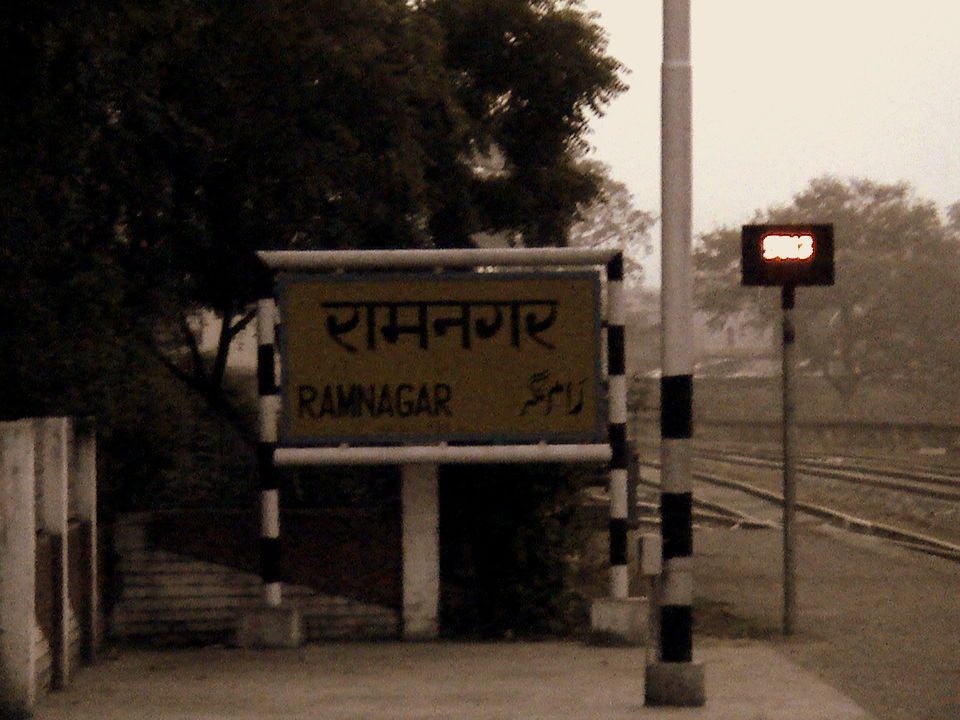
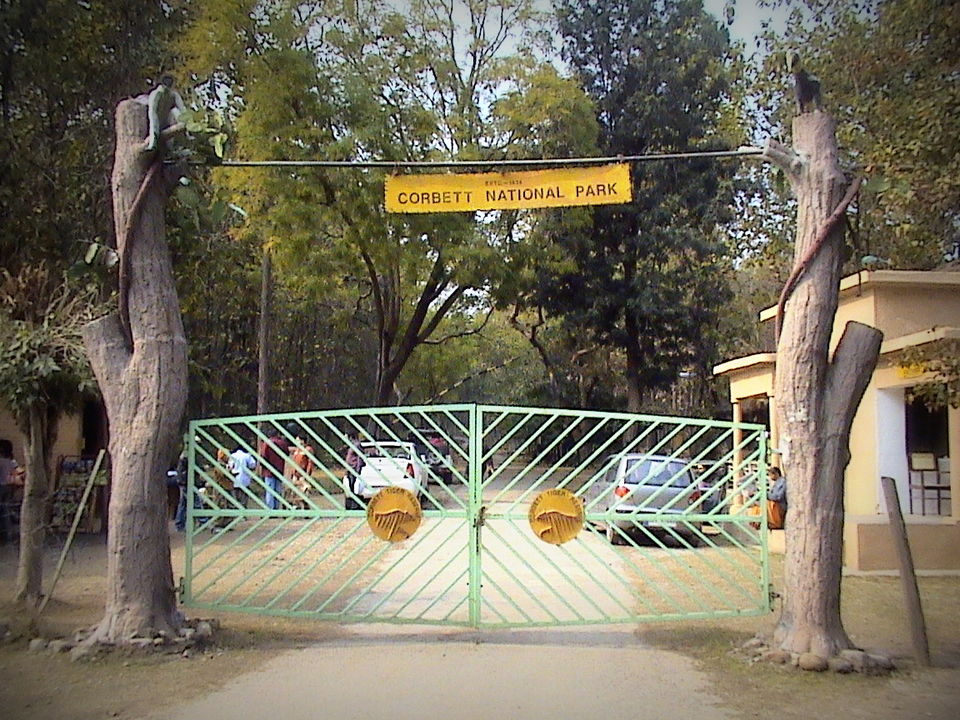
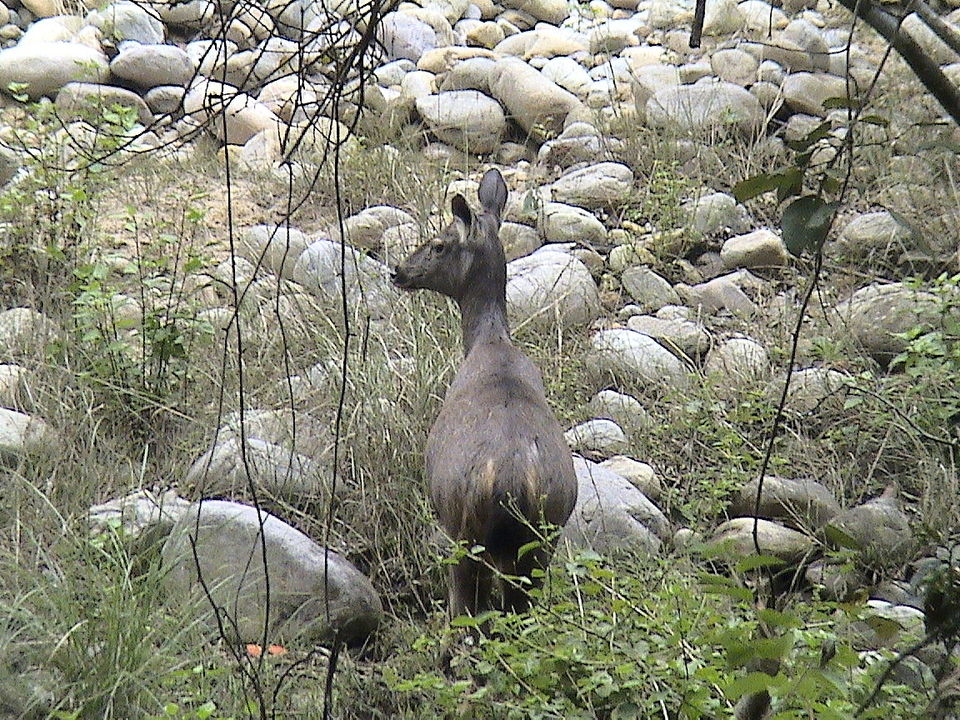
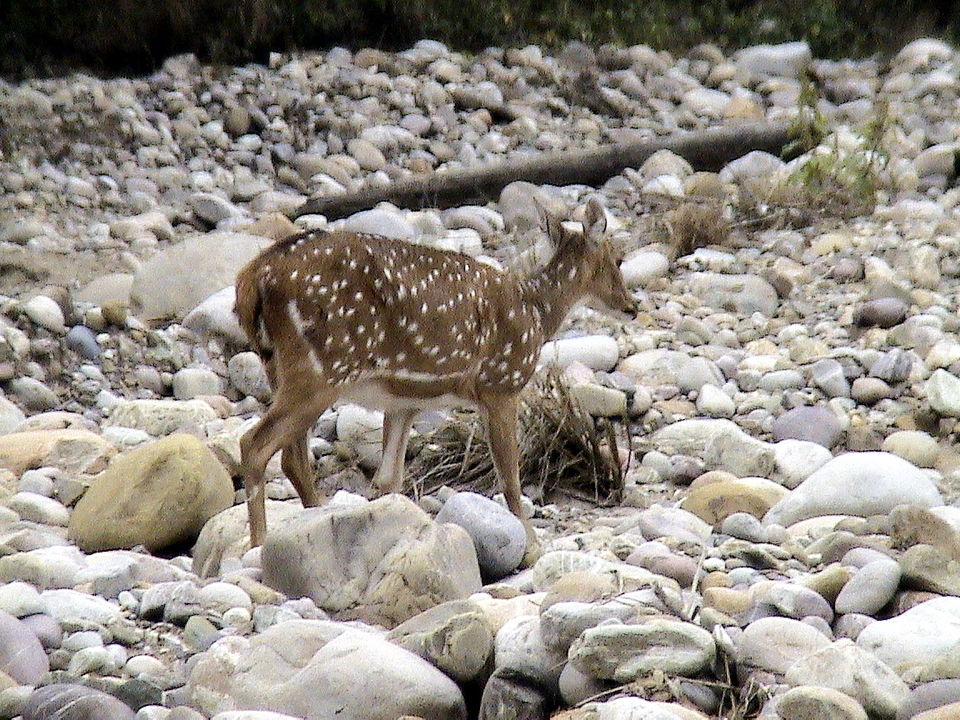
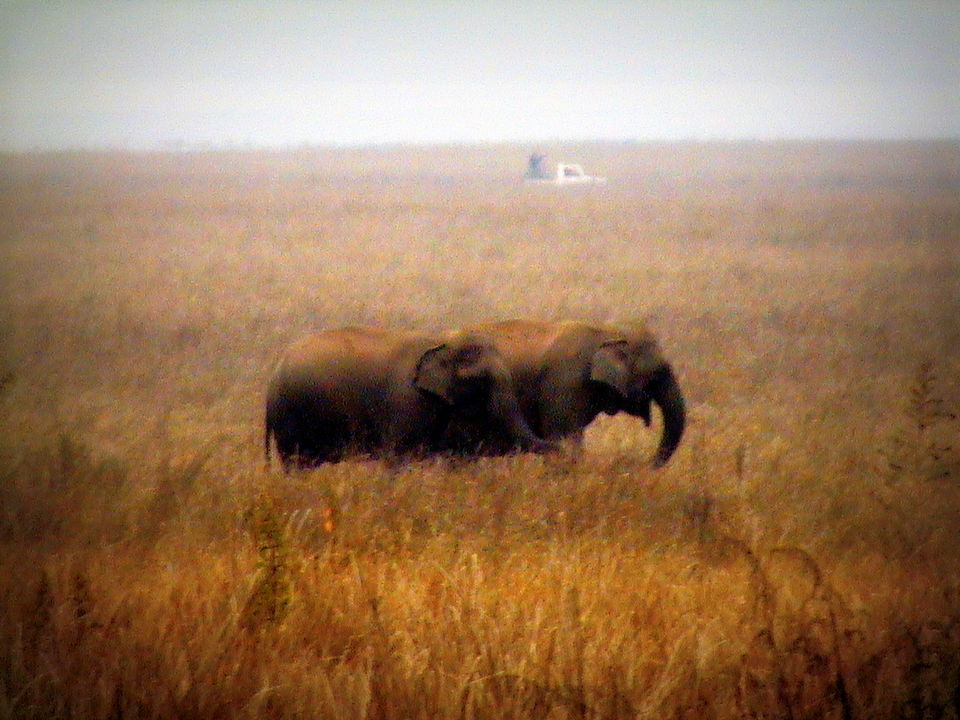
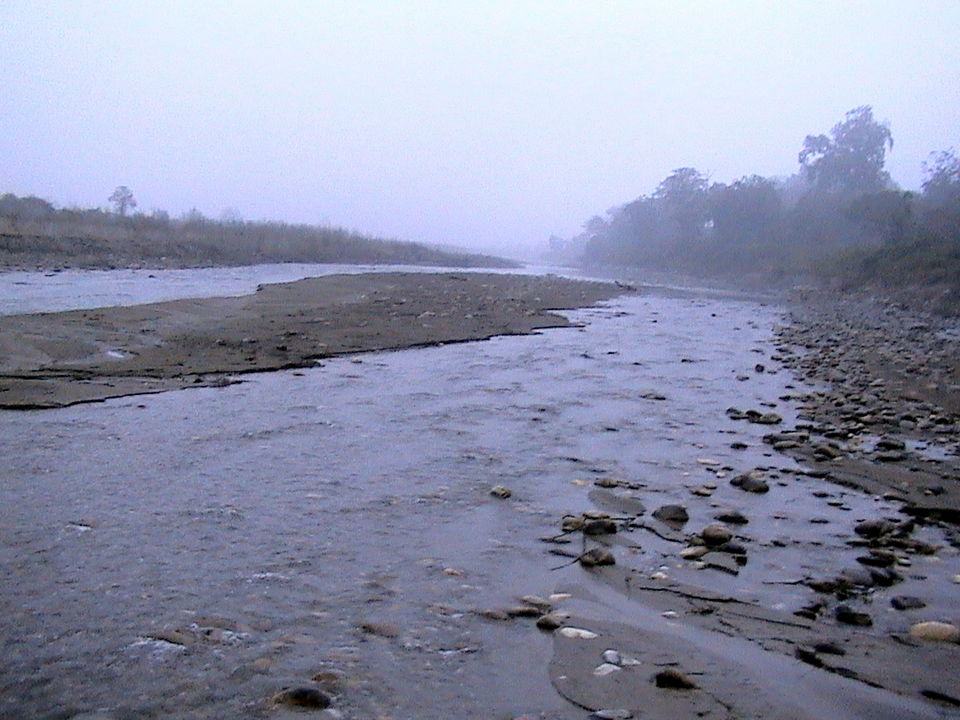
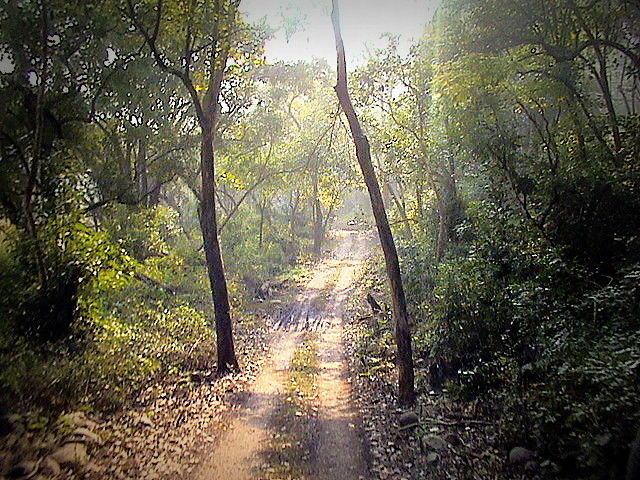
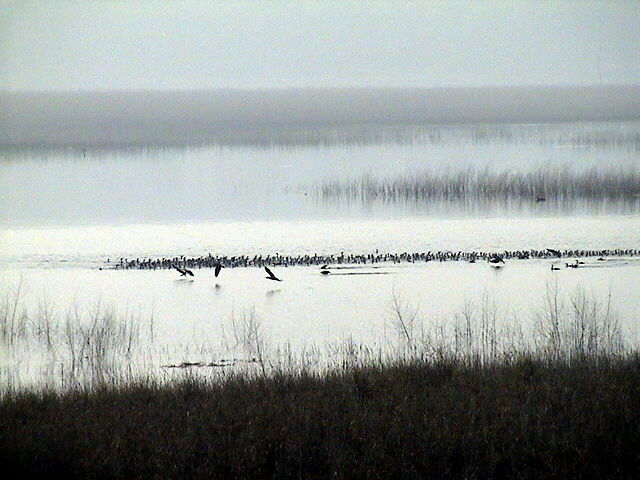
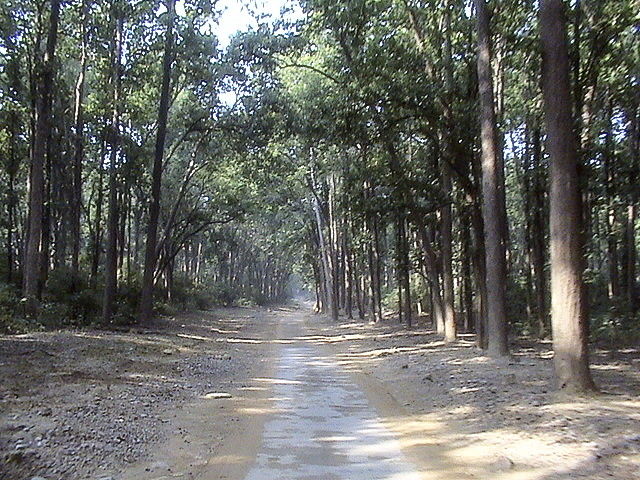
The Jim Corbett National Park is a heaven for all those who are even remotely interested in wildlife and wildcat. With the best tiger population, the park is the best place to spot the elusive animals. Other than the tigers, the park has a lot more to offer. Rich grasslands, varied avian populace and diverse creatures make the park an interesting bio hot spot. The park has a picturesque location at the foothills of the Himalayas on the banks of river Ramanganga along the sandy banks.
It was one of the most thrilling and adventurous trip I have ever experienced till now.
How to reach: This is located in the district of Nainital in the state of Uttarakhand. From Delhi, take the Ranikhet Express, or Jim Corbett Express an overnight train from the Old Delhi railway station to Ramnagar, the nearest railhead. Otherwise, you can drive down about 295 kilometers through Hapur, Garhmukteshwar and the Moradabad bypass.
By Air: Patnagar airport is the nearest airport that is around 80 kms from Jim Corbett National Park and is connect to Delhi with daily flight.
By Rail: Ramnagar is the nearest railways station from the National Park which is situated around 5 kms away. Ramnagar Railways station is well connected with major cities of India. By road: It is well connected by motor able roads with major cities of Northern India.
Places to Visit: Only some selected areas in the 521 square kilometers’ expanse of the park are open to tourists. These are classified into five zones named Dhikala, Bijrani, Jhirna, Domunda and Sonanandi.
For morning and evening jeep safaris you can visit the different areas like Bijrani Zone, Jhirna Zone, Dhikala Zone etc. Corbett National Park is famous for the richness and diversity of its wildlife which includes over 50 species of mammals and over 580 species of birds. It is an important refuge for the tiger, Indian elephant, wild dog, leopard cat, Indian pangolin and hog deer. Different birds and deers like Sambhar, Barking Deers, Spotted Deers, Monkeys, Crocodile, Jackals, Hog Deer, Leopards, etc. However, the chances of a spotting one are rare given the abundant cover the forest offers.
At this point, it is important to re-emphasize that a trip to Corbett or any other forest should not be centered on spotting a tiger alone. While tigers are undoubtedly majestic creatures, a jungle needs to be enjoyed for what it is a absolute treasure trove of diverse flora and fauna.
Where to stay: Resorts on the outskirts of the national park appear whichever way you look, each one promising a more magnificent view of the region than the other. Though, a stay in a Forest Rest House inside the jungle is preferable if one wants a real experience of the Jim Corbett National Park.
Dhikala comes highly recommended and is perhaps, the most popular. From the entry gates of the Corbett national park, it takes about two hours on a rocky road to reach the Forest Rest House.
It is a picturesque location at the edge of a grassy plateau perched high above the Ramganga reservoir and set into a bend in the river. Overnight stay provides the unique opportunity to experience the thrill along with the tiger’s roar which will actually get goose bumps. There is no mobile network and no electricity.
Nature and Landscapes: No other park in India offers such a breathtaking diversity.
As night falls, the jungle comes alive; the serpentine Ramganga gleams under the moonlight and lights twinkle from the villages atop the foothills.
Nature's best offering is the green and copper beauty of the forest of Sal; she has spread a carpet of the glowing red flowers of the flame of the forest, different kinds and varieties of flowers can be found, a scene or remarkable beauty, nestling in the foothills of Kumaon, the delicate drapery of ferns and creepers and the waving Tiger grass producing an unforgettable scene of grandeur, while the different colorful birds and their continuous chirping, add to the enchantment. Although the Sal timber is felled and extracted in certain parts, the natural beauty of the Jim Corbett National Park area has remained unspoiled, particularly beautiful when the flowering trees are in full bloom.
Elephant Safari: One can choose to see the jungle on an elephant safari, a completely different experience. It is only on an elephant that you will be able get an opportunity to go deep inside the forest.
Excursions around the reserve area of the Corbett National Park is the nature lover's ultimate reward - wild and dense, the forest treks start from right outside the reserve area of the park. The natural and man-made trails will take you as deep inside as you may dare to go.
Corbett museum and Fall Corbett's home at Kaladungi, around 32 Kms from Ramnagar on Nainital Road, is now a museum which houses memorabilia of the legendry hunter.
Today this unique home is a comprehensive museum housing souvenirs, relics, mementos related to Jim Corbett.
Tip: Be careful not to throw any plastic bottles, packets and any such rubbish. Also, taking of flash-light photographs and driving of motor-vehicles in the night is prohibited.
The best season to visit: From March to June when the wildlife comes out of hibernation or their lairs, to welcome the visitors. The weather is very pleasant and the visibility is excellent. In May and June the days begin to warm up, but the night remains pleasant. The park is closed from June to October

